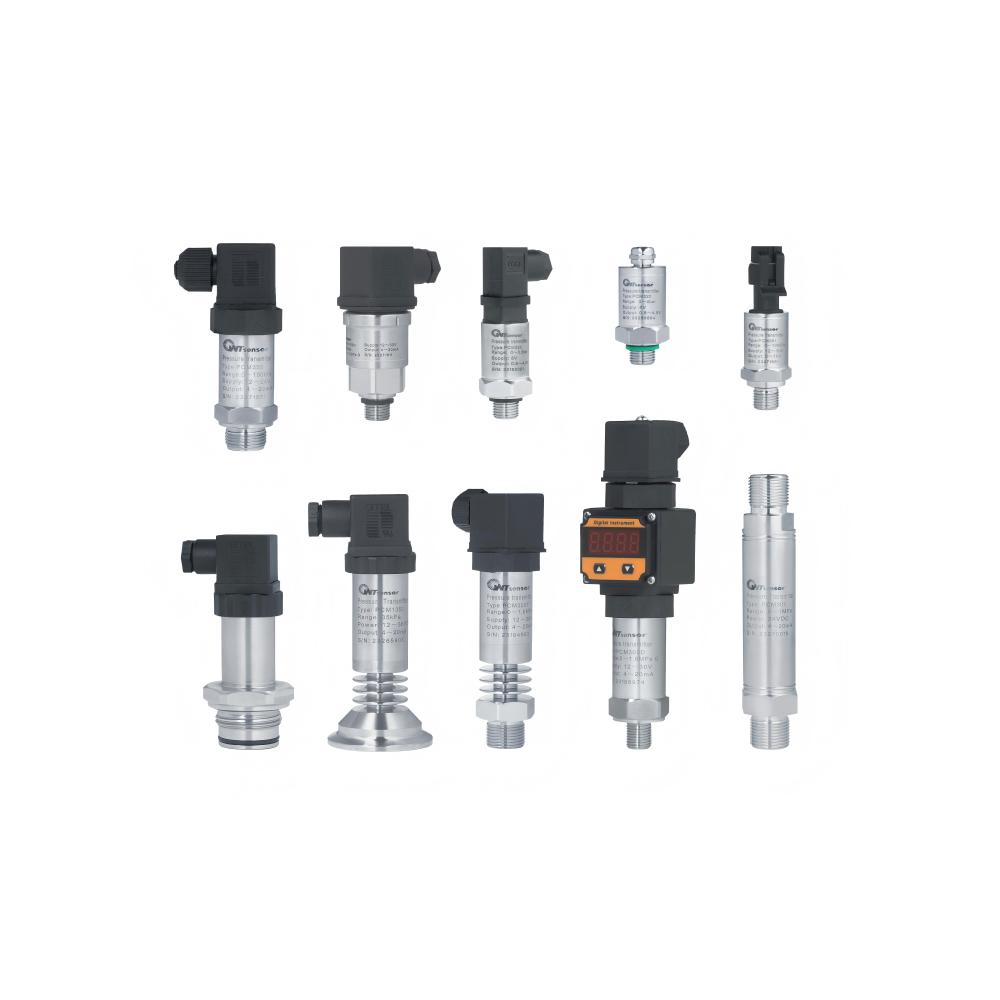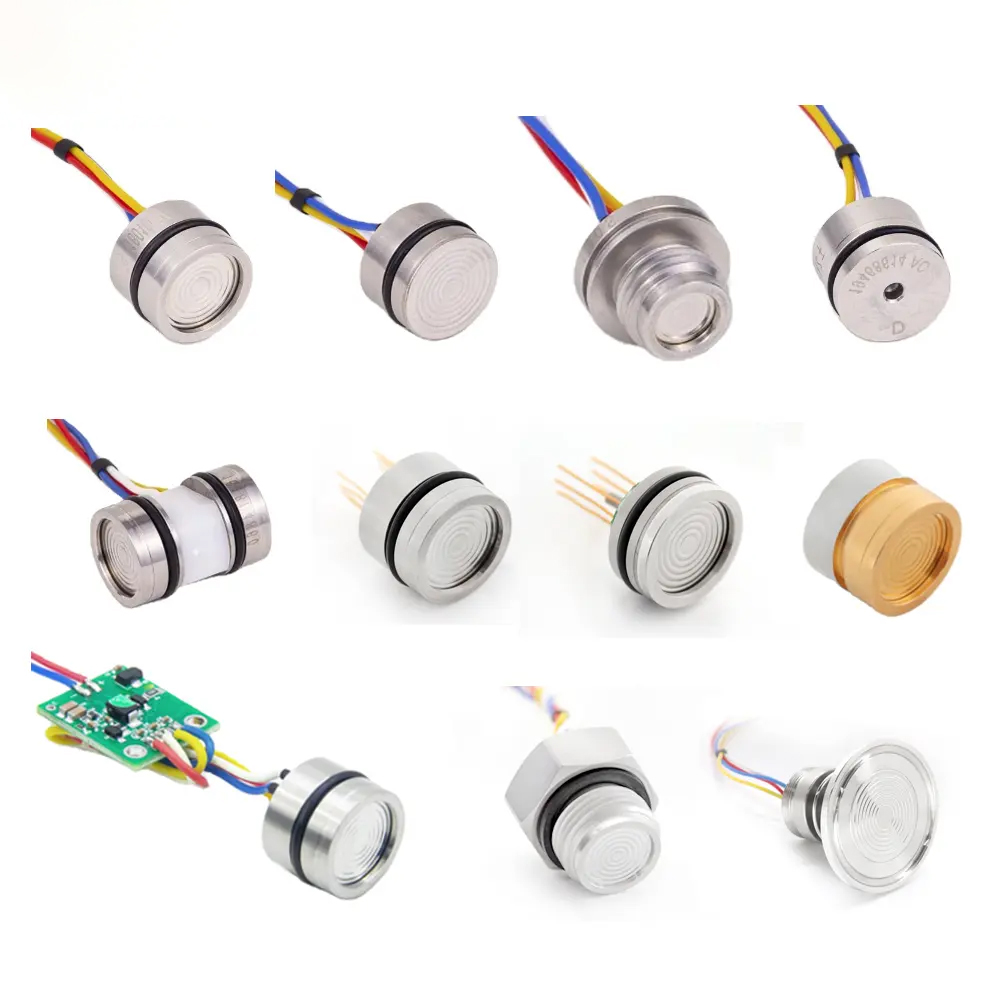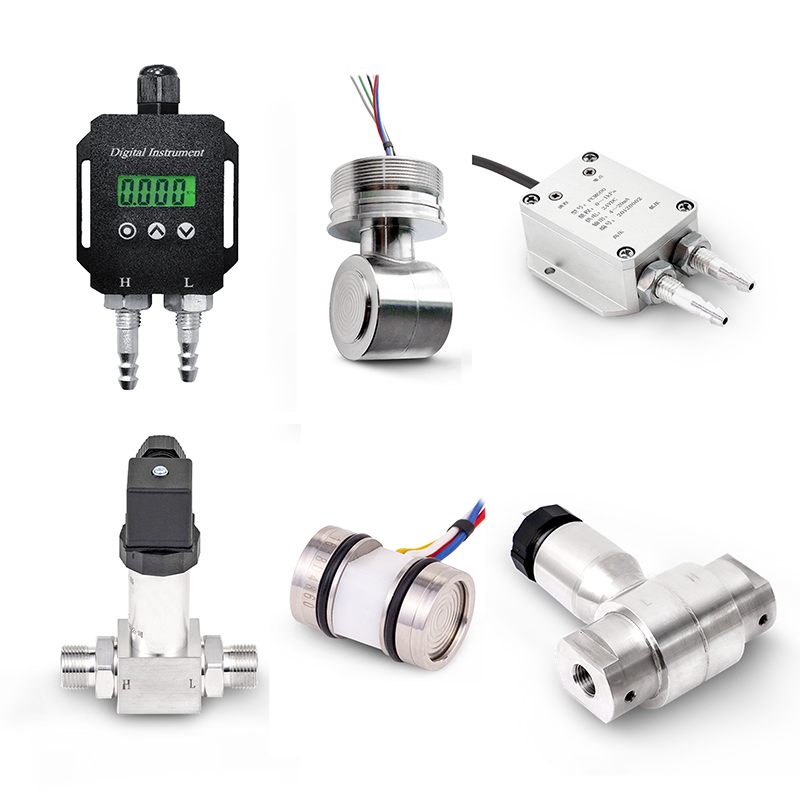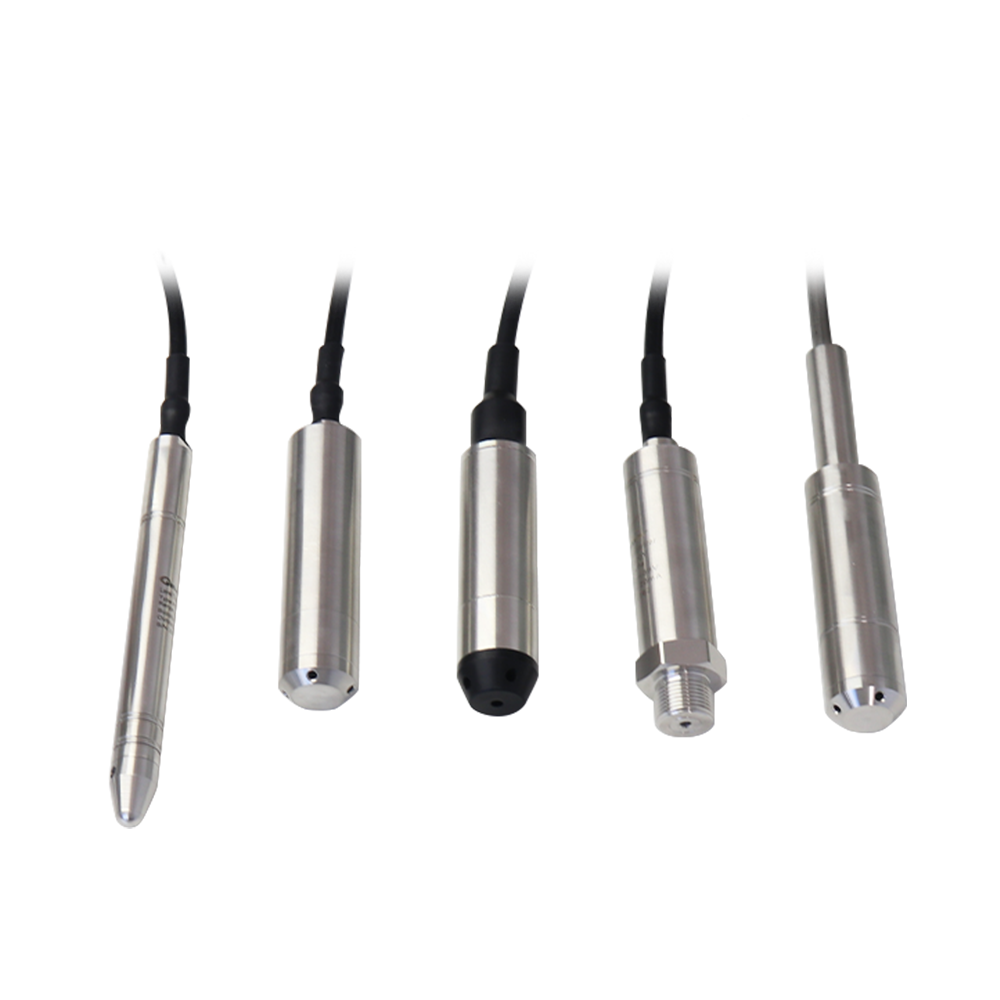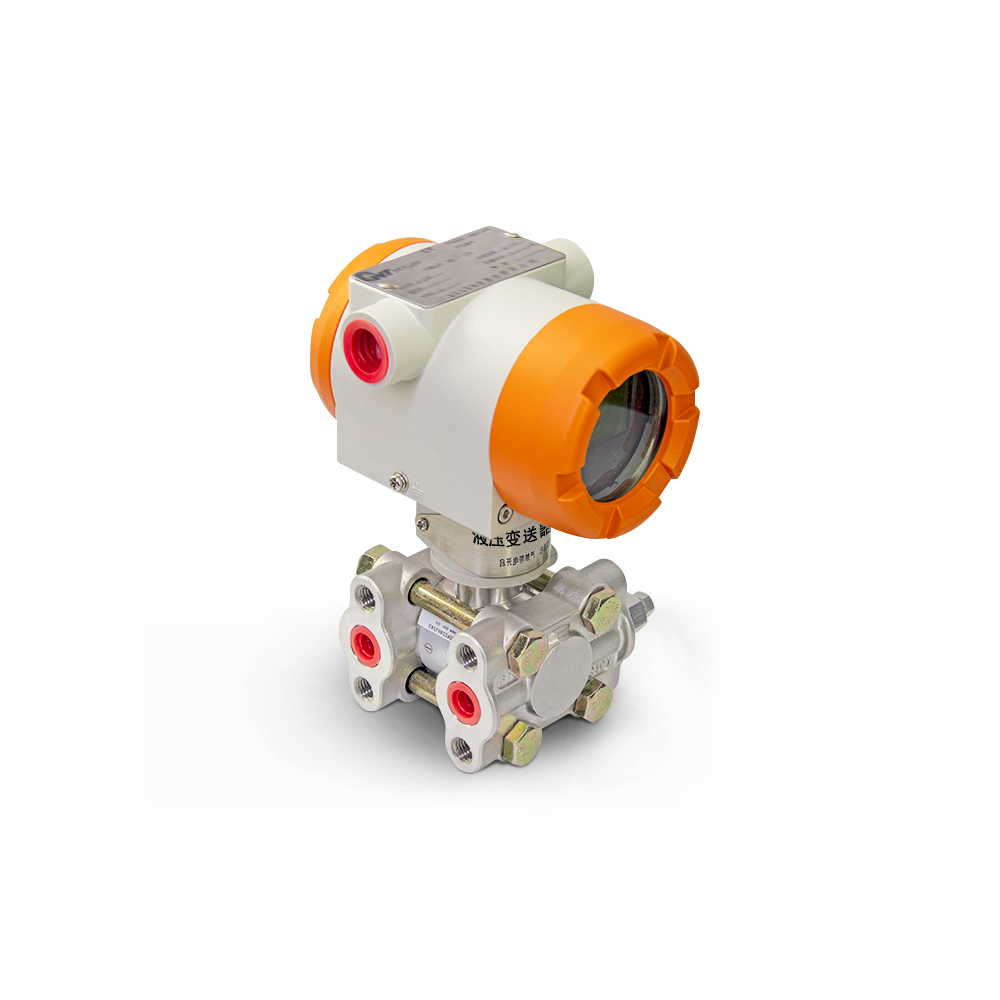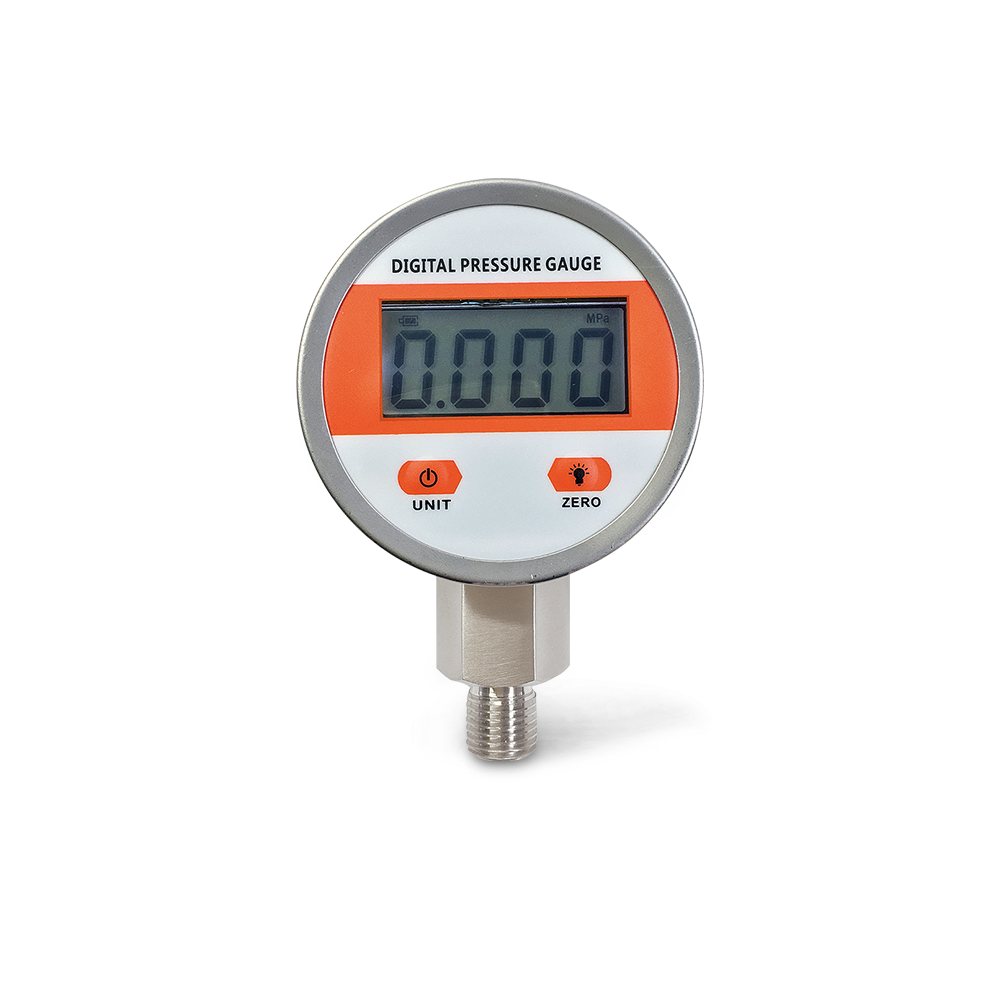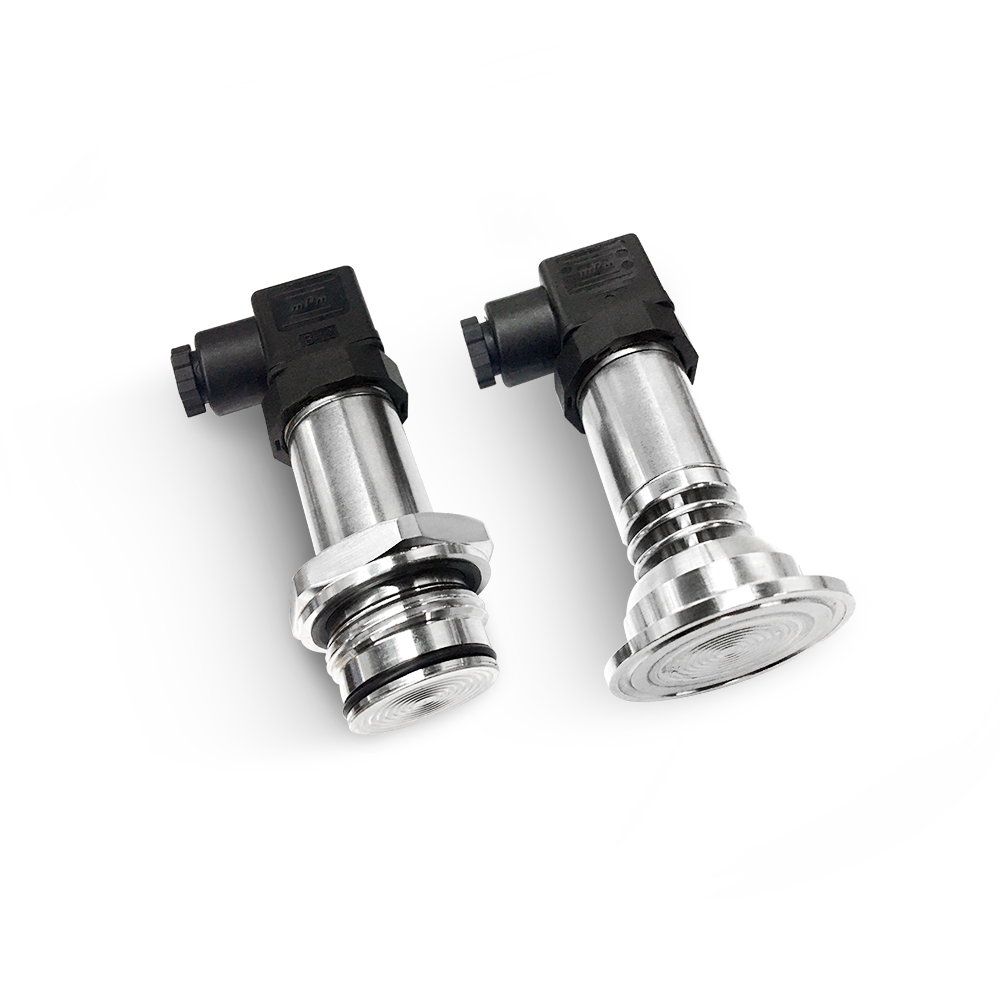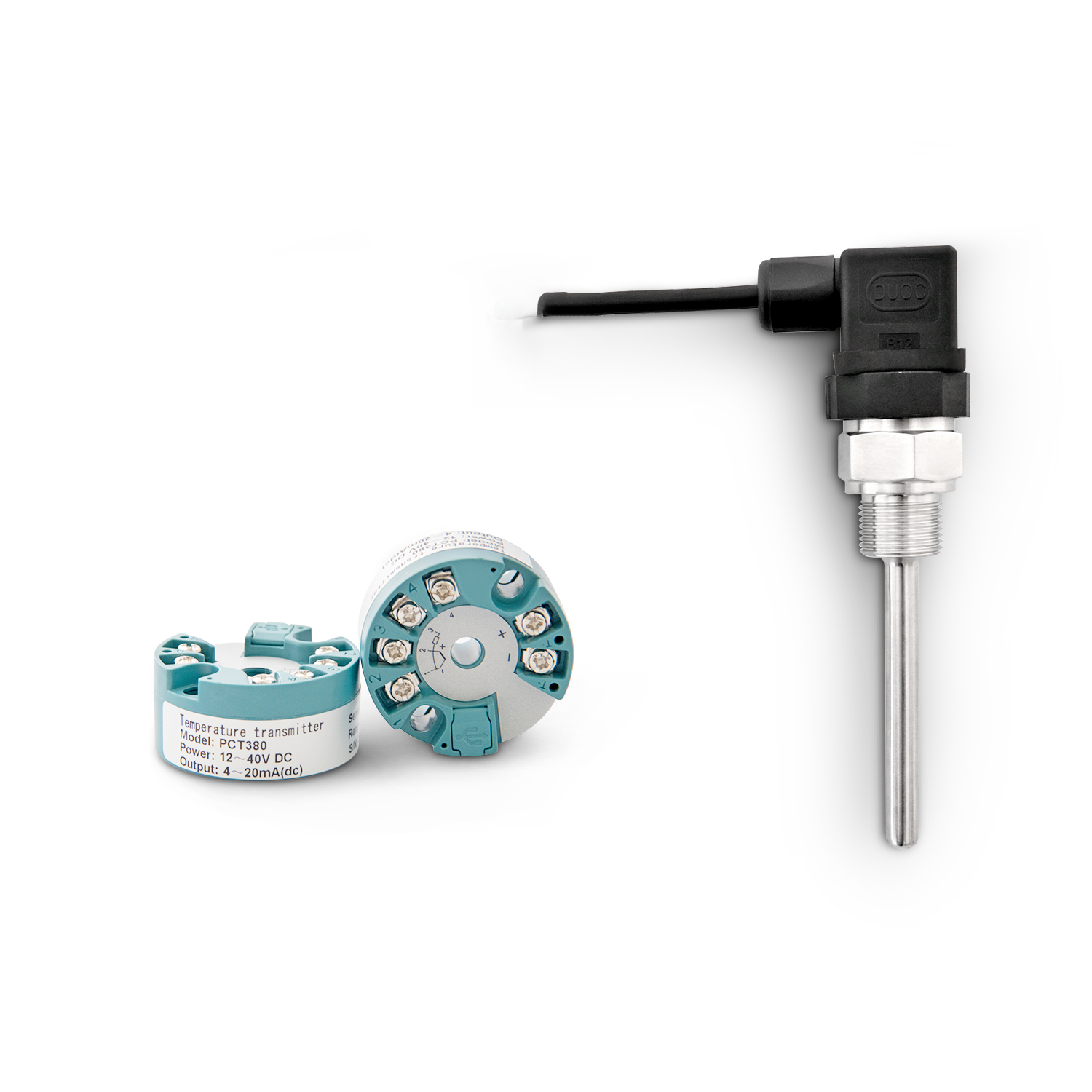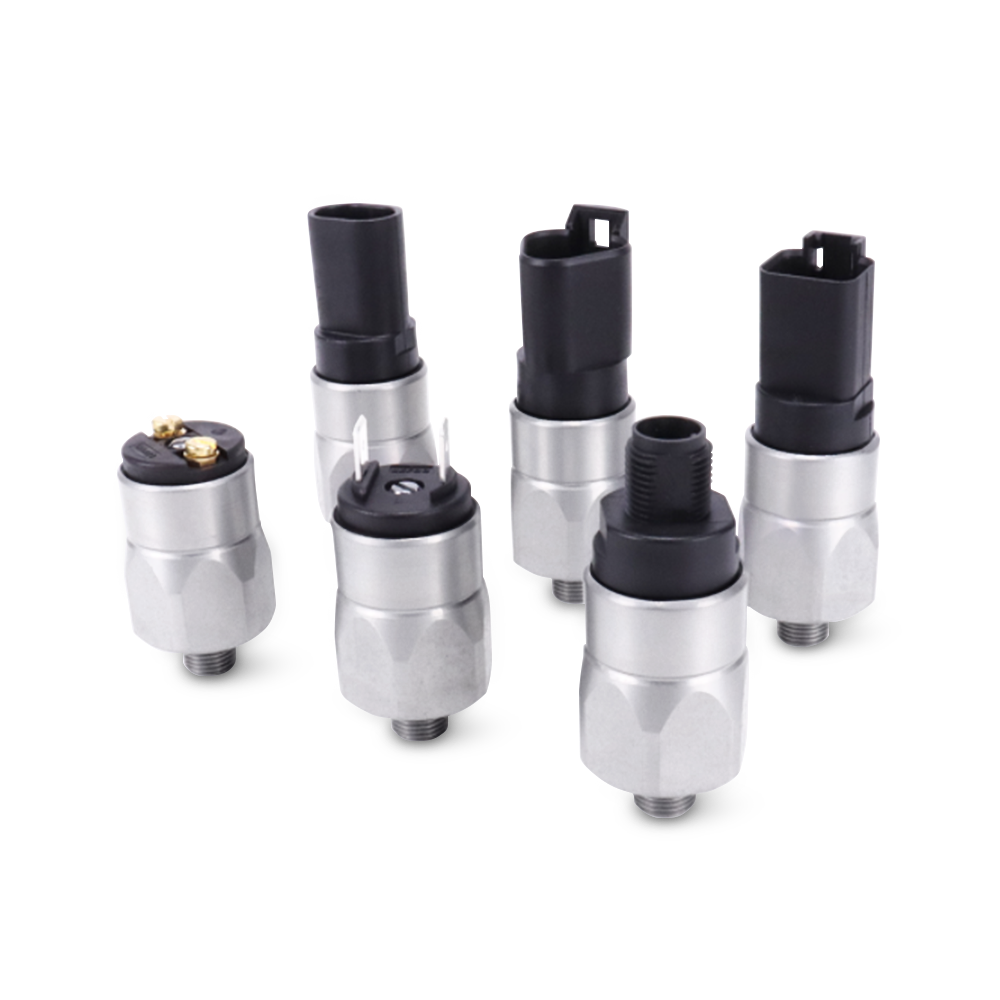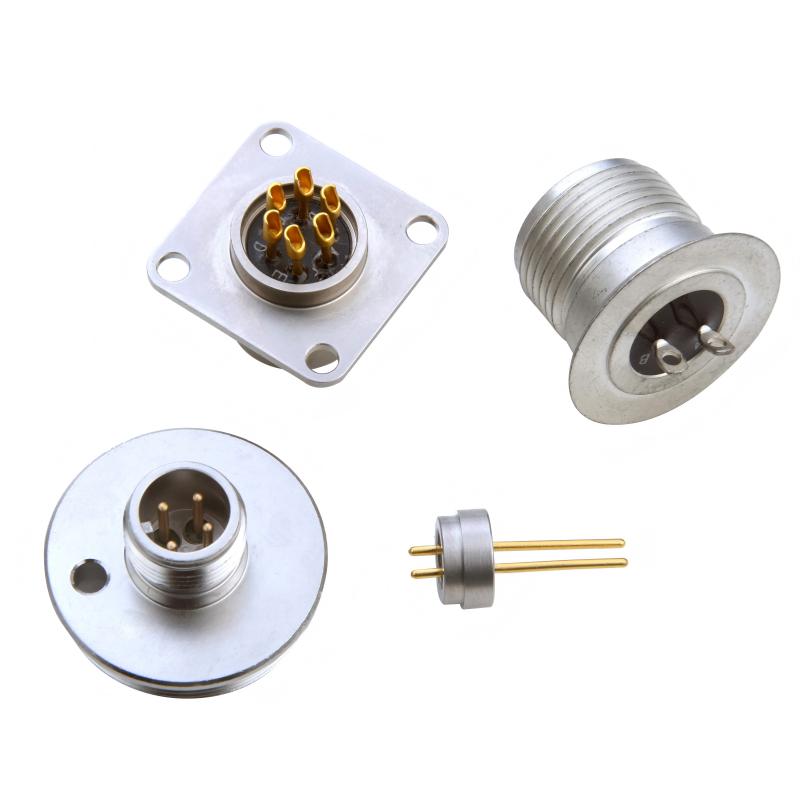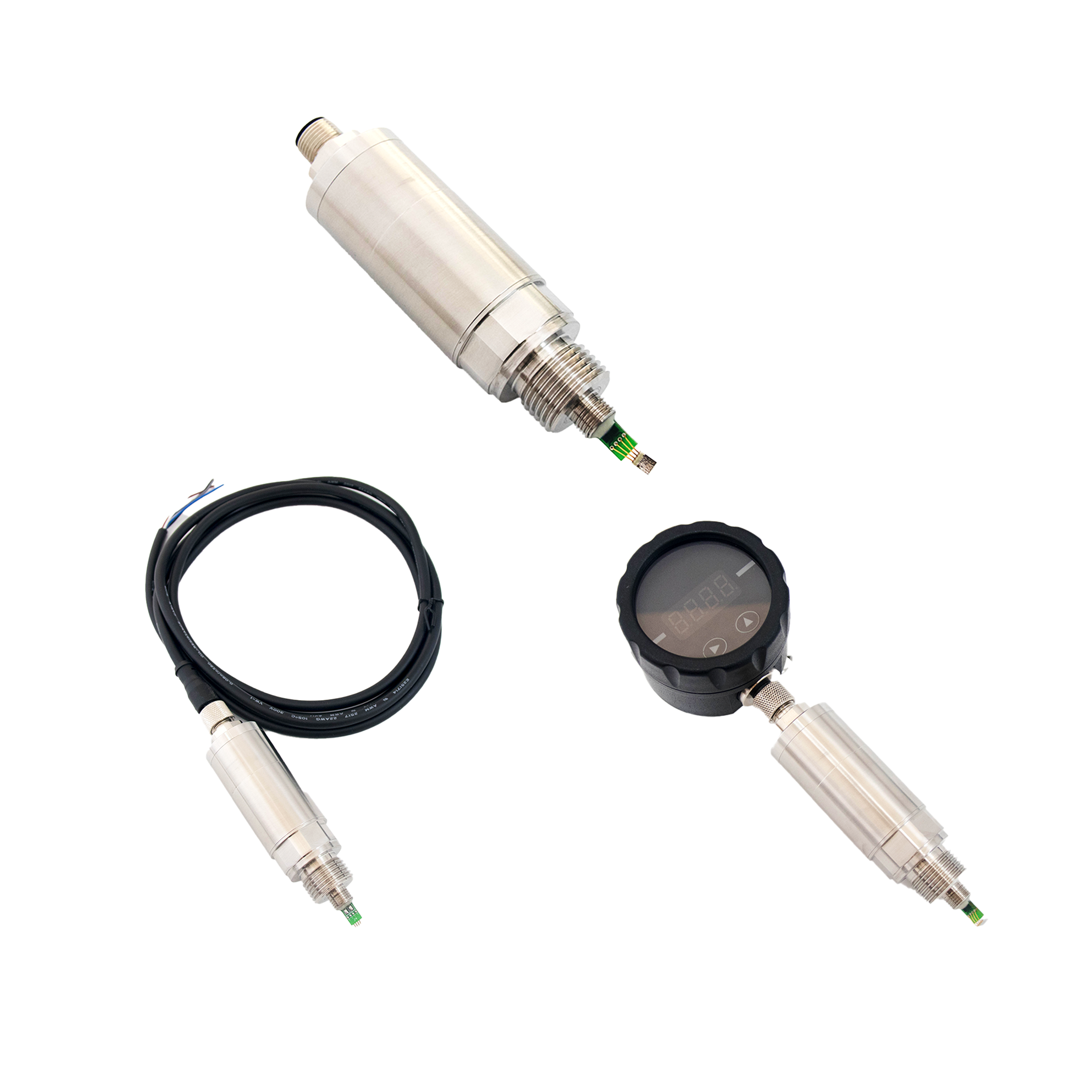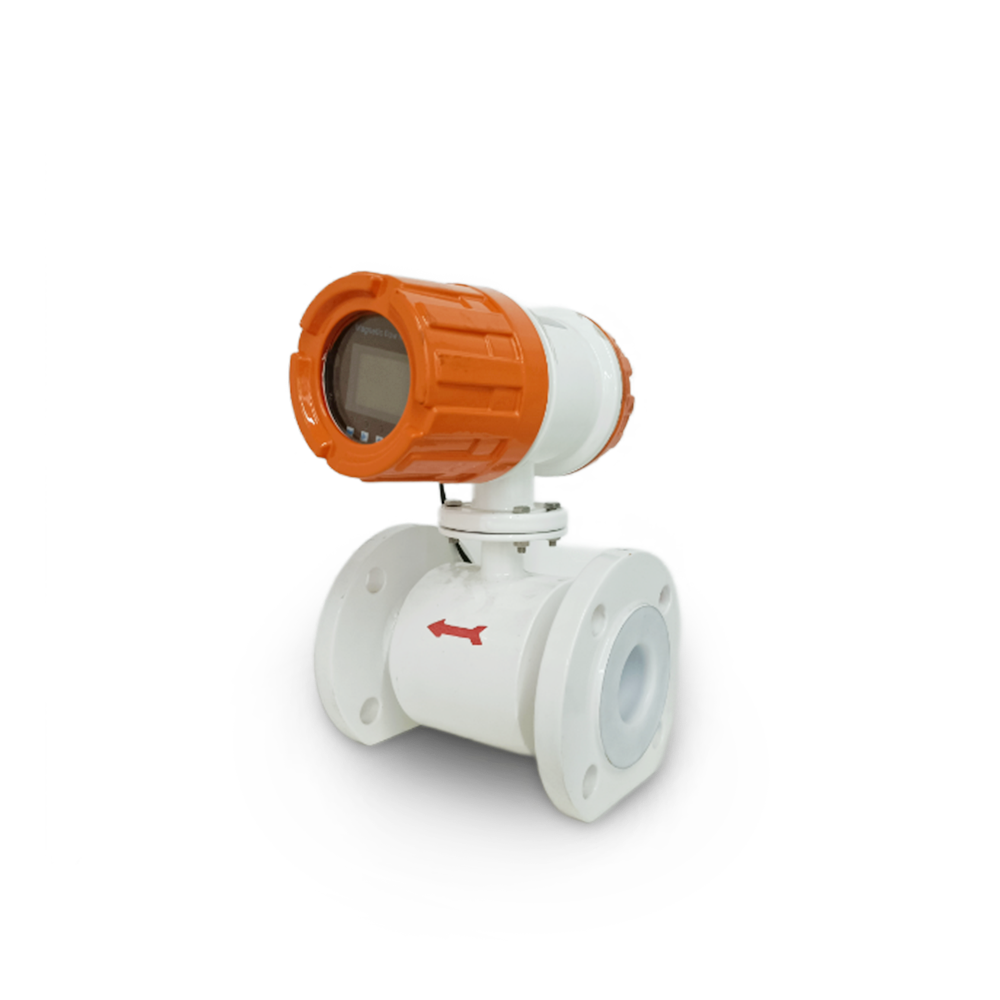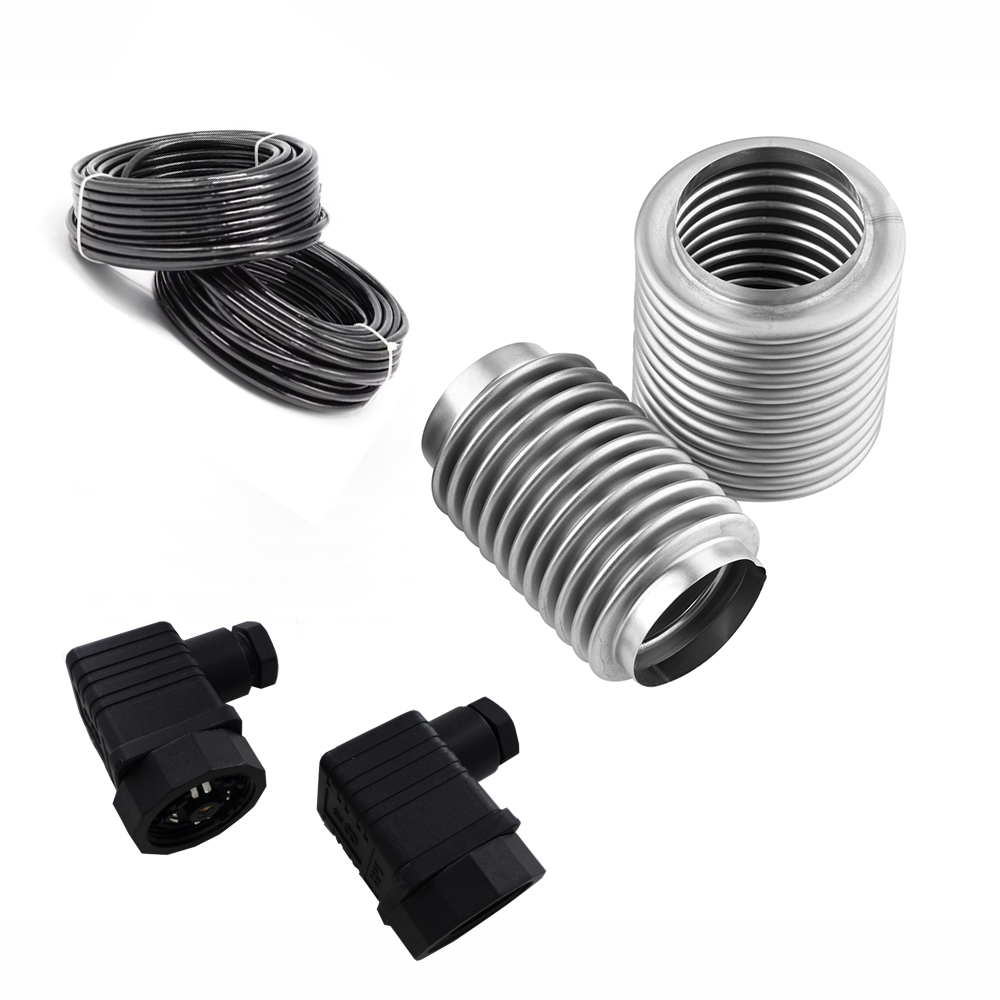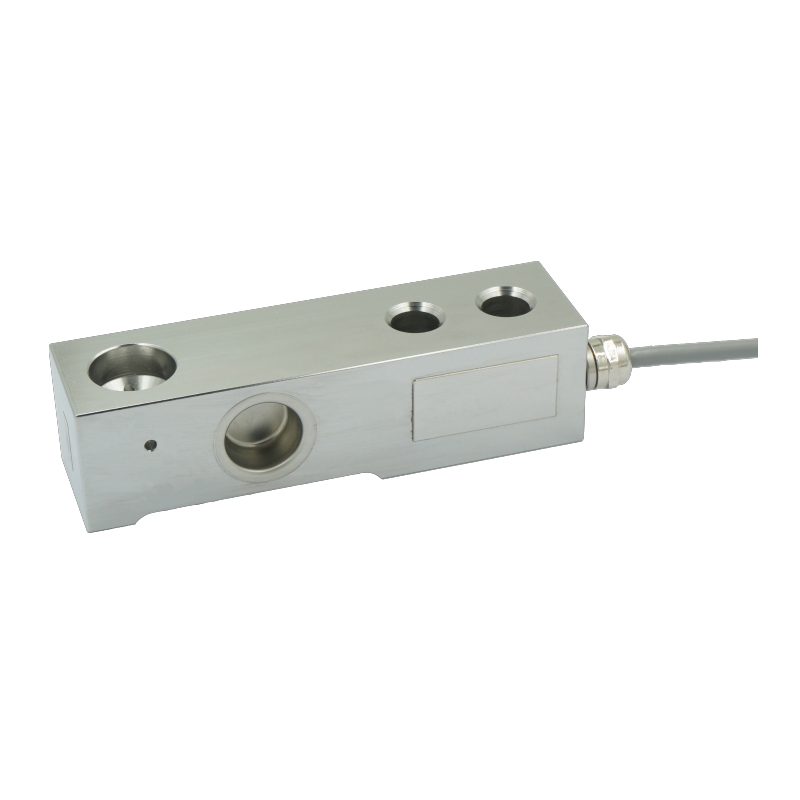Pressure sensor overload protection
From: Issued date 2021.03.25 Back
Overload means that the load is too large, which exceeds the rated load of the device itself. The phenomenon is that the current is too large, the electrical equipment heats up, and the long-term overload of the line will reduce the line insulation level, and even burn the sensor equipment or line.
Overload protection means that even if the load exceeds the rated load, it will not burn out the circuit, but there is also a degree, generally within the range of 150%, and it cannot continue to work with overload.
Pressure sensors come in many forms, and each structural form has different overload protection. For example, small-range, high-sensitivity pressure sensors using MEMS technology usually have flat membrane, island membrane, and beam membrane structures. When designing overload protection, convex It can be realized by methods such as Taiwan, and the formation methods include back etching technology, silicon direct bonding technology, glass etching technology, etc. However, these structures generally have a big limitation in that the size of the cavity is large, further improving the sensitivity is limited, and the utilization rate of the silicon wafer is reduced, the complexity of the manufacturing process is increased, and the production cost is increased. At present, the research hotspots of small-range, high-sensitivity pressure sensors are focused on pressure sensors with sacrificial layer structure. This is mainly because the elastic diaphragm of pressure sensors with sacrificial layer structure is very thin, and the thickness can be 2 μm or even thinner. In such a thin structure, if diffused silicon or polysilicon film is used as the strain resistance of the sacrificial layer structure pressure sensor, its thickness is relatively large, which has a great influence on the stress distribution of the elastic diaphragm, which is not conducive to the performance optimization of the sacrificial layer structure pressure sensor Therefore, the use of polycrystalline silicon nano-films to fabricate strain resistors can better take advantage of the sacrificial layer technology.
Overload protection must be considered for every sensor, because the measured value may be larger than the range during use. Only sensors with overload protection can be used better and can be used for longer. Specifically how the overload protection of each sensor is designed, and the overload range is different, so no matter which sensor you buy, you must understand its overload protection, so that it can be better used and used in the future. There will be no circuit burnout due to overload.
Founded in 2005, Nanjing Wotian Technology Co., Ltd. is a national high-tech enterprise, a private technology enterprise in Jiangsu Province, a specialized and special new small and medium-sized enterprise in Nanjing, and an outstanding private enterprise in Jiangning District; the company has been assessed as the Nanjing Engineering Technology Research Center, Nanjing Engineering Research Center, Nanjing Enterprise Technology Center, Nanjing Post-Doctoral Innovation Demonstration Base; It is the unit that participated in the formulation of the national standards for "Silicon Piezoresistive Pressure Sensitive Chips" and "Silicon Pressure Sensors".
The company focuses on the production of pressure sensors. It is a heavyweight manufacturer of pressure sensors in China. It has the core technology of diffused silicon pressure sensors and glass micro-melted pressure sensors. It has 305 employees and has an annual output of 2 million diffused silicon pressure sensors and more than 70 product exports. Countries and regions. The company has factories in Nanjing and Anshan, headquartered in the scenic Nanjing Jiulong Lake International Headquarters Base, and the foreign trade team is located in Shenyang, the center of the Northeast Heavy Industry Base. Nanjing Wotian won the honorary title of "Sensor Application Program Demonstration Enterprise" issued by the Ministry of Industry and Information Technology in 2019.

